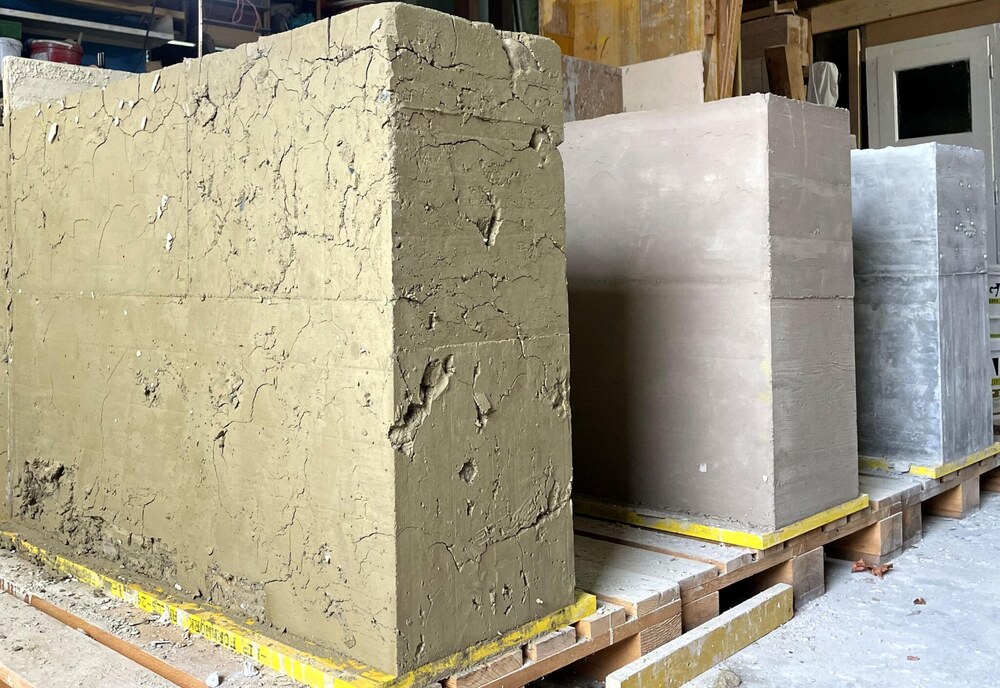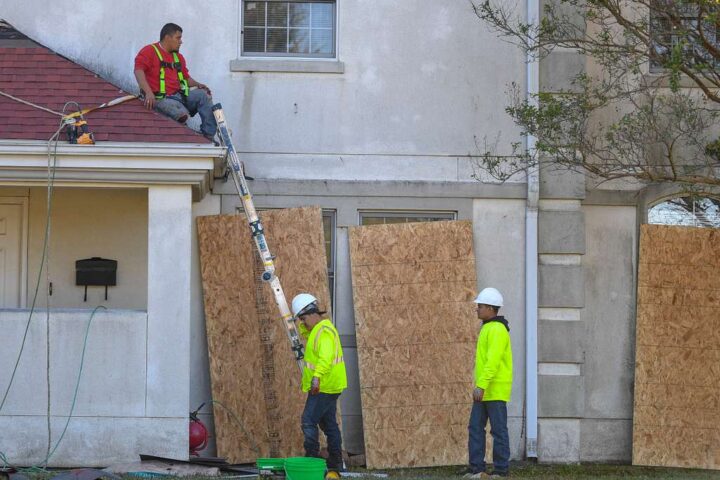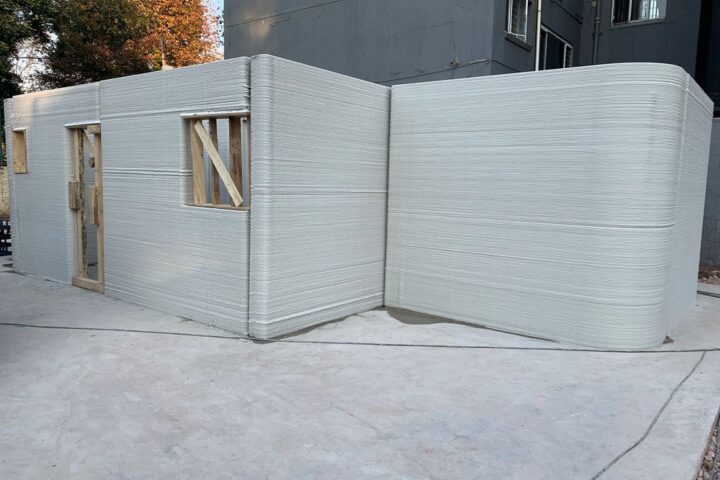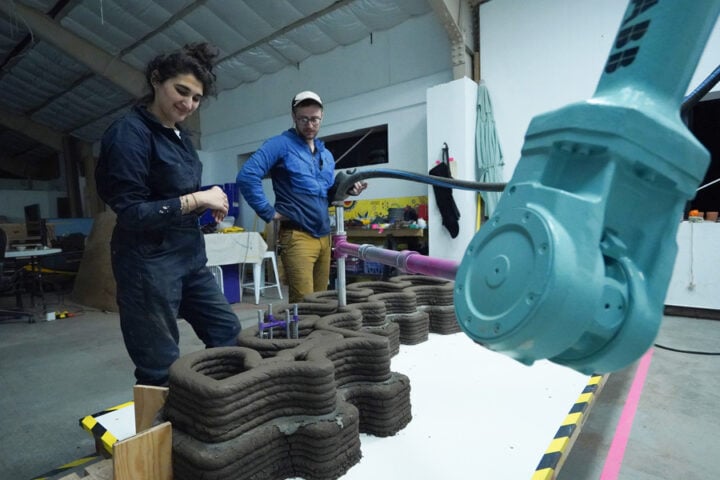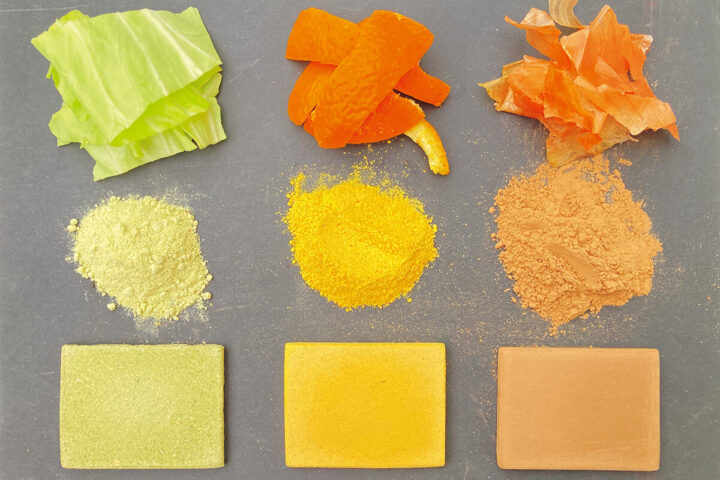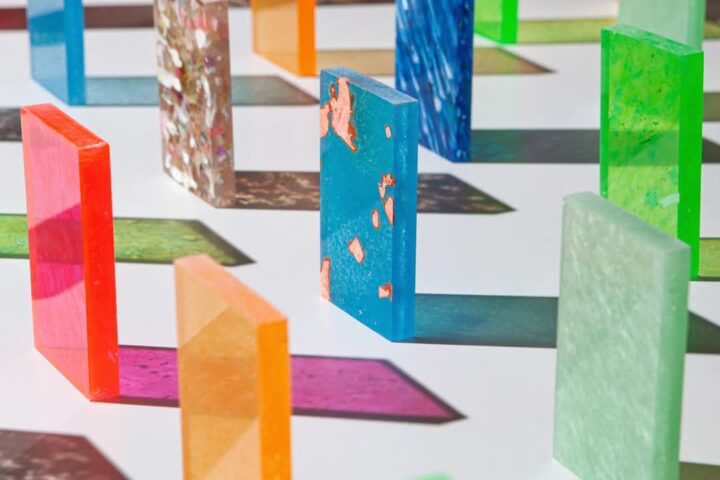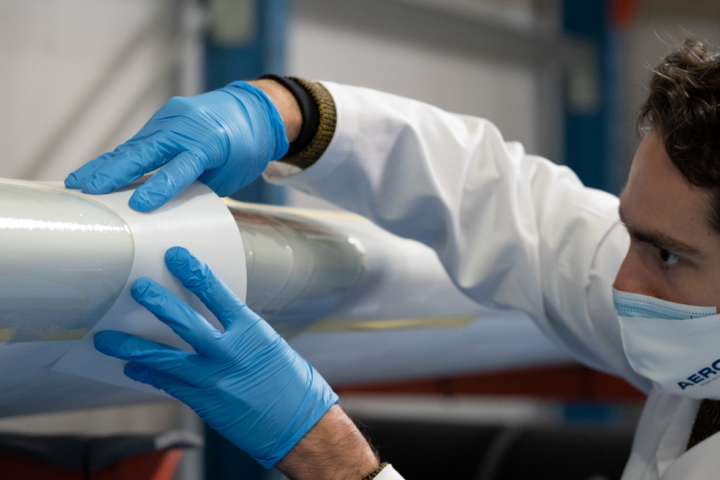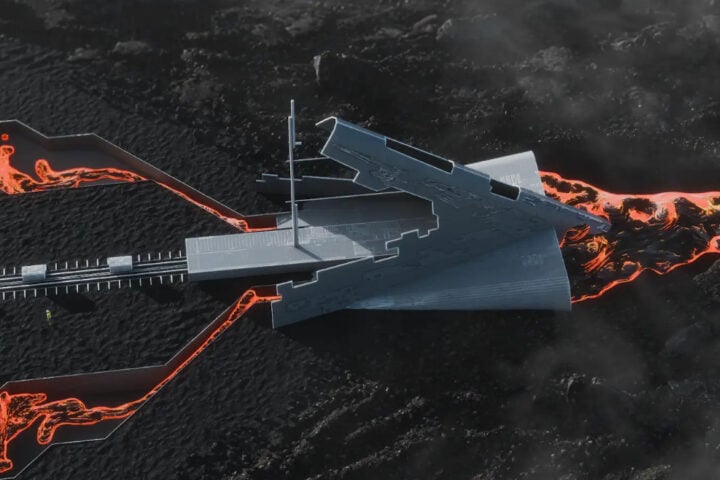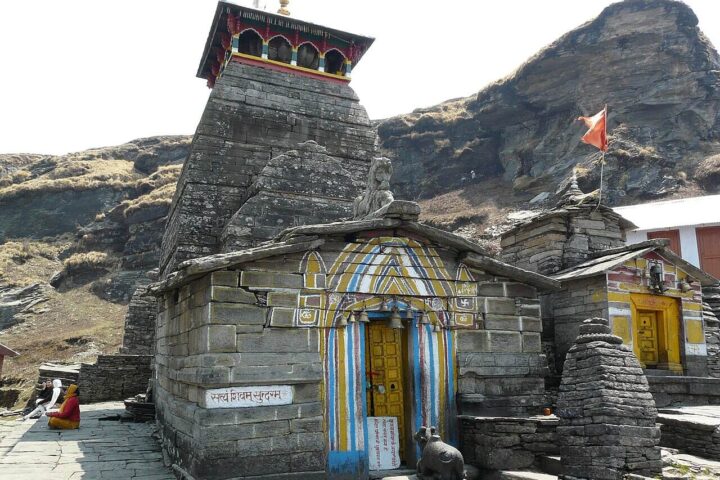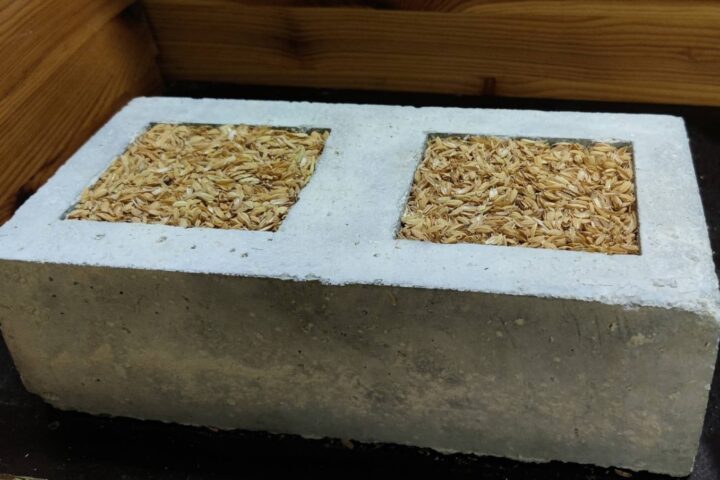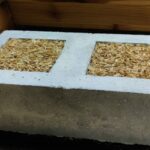In an innovative leap in sustainable construction, a collaboration between EPFL, ETH Zurich, and Archiplein has led to the development of a novel type of non-reinforced concrete made from stone offcuts. This method, steeped in material science and sustainable architecture ethos, significantly reduces reliance on carbon-intensive cement-based binders, turning instead to ancient techniques.
The research team tapped into historical archives, tracing back to Roman times and up through the 18th and 19th centuries, mostly from France and Germany. Their objective was to rediscover old concrete and cement formulas that could leverage unprocessed stone offcuts and mortars with minimal cement content. Salvatore Aprea, head of the Acm research group, notes, “We found detailed experimental results where engineers had tested the strength of mortars with different lime concentrations. In most cases, these mortars were made from materials sourced locally or nearby”.
Similiar posts
The team’s practical application of this research led to the construction of six load-bearing walls in Lucery-Villars, Vaud Canton. They utilized recovered stone-quarry waste and fieldstone, dividing the structures into two groups to test distinct construction methods and three mortar-based binders. These binders included a limited cement quantity, a lime-based mixture, and a composition made from infertile soil. The sheer size of the stones led to the naming of this method as “Cyclopean,” a homage to early architectural stonework.
The process of making traditional cement is highly energy-intensive, involving heating limestone to 1,450°C in continuously operating rotary kilns. Aprea emphasizes the environmental imperative, stating, “For centuries, builders tried to cut costs by limiting how much cement they used and incorporating recycled waste materials into their concrete. The challenge now is to revive these old methods – not for financial reasons but for the sake of our planet.” This sentiment is echoed by Marlène Leroux of Archiplein, who finds the current industry norms perplexing and advocates for building simple load-bearing walls with minimal carbon footprints.
Building on this foundation, the team’s next steps involve developing standardized, mechanized, low-carbon wall construction methods. They plan to construct prototypes, conduct strength tests, and produce comparative tables. Their approach mirrors the methods of historical engineers and scholars like Louis-Joseph Vicat, Jean Henri Hassenfratz, and John Smeaton, whose works have been a source of inspiration and guidance for this project.
This initiative marks a significant stride in the concrete industry, blending material science principles with sustainable architectural practices. It showcases a perfect amalgamation of historical wisdom and modern environmental needs, potentially setting a new standard in construction methodologies.
